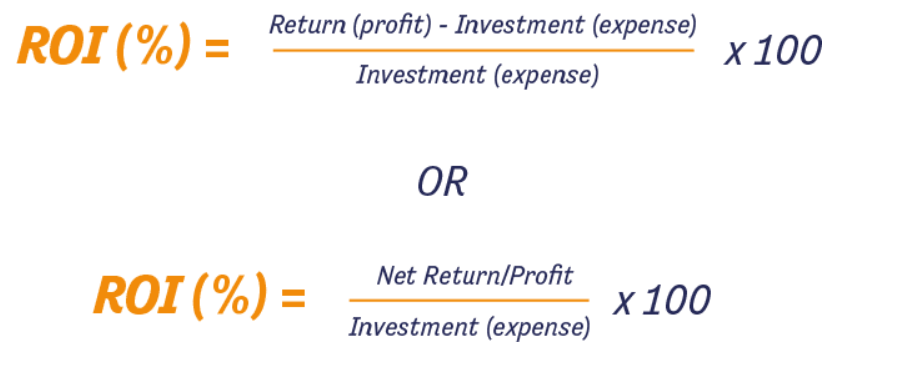Digital marketing ROI is the heartbeat of successful online campaigns, as businesses navigate the evolving landscape where buyers spend only 16% of the buying cycle meeting with suppliers, relying heavily on digital channels for research. In this detailed article, we’ll go over understanding, estimating, and optimizing your digital marketing ROI.
Understanding Digital Marketing ROI
Digital marketing ROI is the compass that leads your online efforts, quantifying the efficacy and profitability of your campaigns. It ensures that every marketing dollar helps the growth of your company while also providing information into the performance of your campaigns.
Why Is ROI Important in Digital Marketing?
ROI is non-negotiable in the digital age. It enables you to analyze campaign success, distribute money efficiently, and justify marketing investments to stakeholders. It provides a financial picture of your efforts, allowing you to make informed judgments about future plans.
Digital Marketing ROI Calculation

To calculate ROI, compare revenue to total costs using the following formula
Whether assessing campaign or total ROI, accurate assessment offers a clear knowledge of digital marketing profitability.
Key Metrics for Measuring Digital Marketing ROI
1. Website Conversion Rate
A critical indicator for determining website effectiveness. Optimize using tactics such as clear landing pages, simpler checkout processes, and compelling content.
2. Cost per Conversion
Calculate conversion efficiency by dividing total cost by number of conversions. Improve ad relevancy by testing ad copy and optimizing landing pages.
3. Customer Lifetime Value (CLV)
Estimate a customer’s entire value over the course of their association with your company. Increase CLV through tailored marketing, loyalty programs, great customer service, and upselling.
4. Return on Ad Spend (ROAS)
Calculate the revenue gained for every dollar spent on advertising. Optimize through targeted advertising, ad creative updates, conversion tracking, and remarketing.
5. Website Traffic
A fundamental indication. Increase through SEO, content marketing, tracking campaign performance, social media marketing, email campaigns, and strategic alliances.
Using Data Analysis to Improve ROI
Data analysis is the driver for increasing ROI. Discover audience information, comprehend behavior, and identify effective channels. This data helps to refine tactics, optimize resource allocation, and boost ROI.
Selecting Effective Digital Marketing Strategies
Investigate and comprehend your target audience. Tailor strategies to their needs, leveraging captivating content, social media, SEO, and targeted mailings for best outcomes.
Measuring ROI for Different Marketing Channels
To allocate money properly, calculate ROI for each channel. Determine cost variances, conversion rates, and income potentials, concentrating efforts on high-yield channels.
Determining Realistic Digital Marketing ROI Goals
Define specific goals that are in line with general corporate objectives. Create a reasonable marketing budget based on industry benchmarks, competition, and growth stage.
Conclusion
To summarize, digital marketing ROI is a path of knowing, measuring, and optimizing. Businesses may traverse the digital landscape with confidence by employing important KPIs, data analysis, effective strategies, and realistic goals.
Work with ClinkIT Solutions to gain experience, insights, and resources. Their industry knowledge and access to advanced tools can help you improve tactics and optimize campaigns for a higher ROI.
An optimized digital marketing strategy will encompass all relevant marketing channels and online platforms to ensure your content reaches the right audience, at the right place, at the right time. ClinkIT Digital Marketing Services will help you systematically optimize your digital marketing strategies and drive more revenue for your business.



